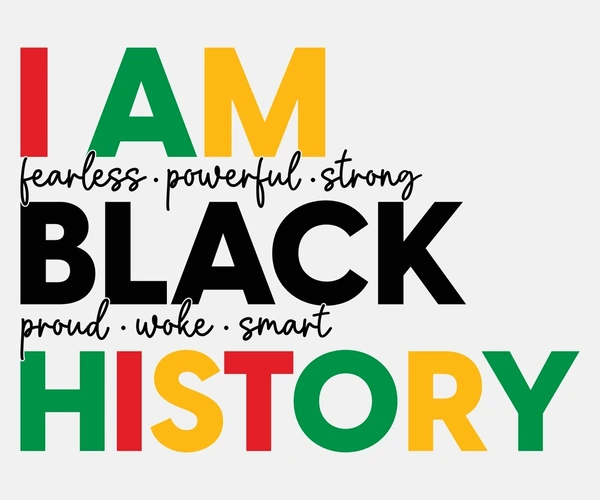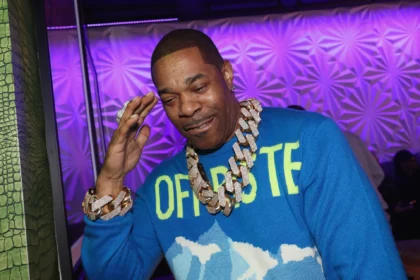One year after Rio Tinto blasted through the 46,000-year-old rock shelters of Juukan Gorge, politicians promised outrage and reform. But as Reconciliation Week 2021 passed, it became clear: little has changed. The destruction of sacred Aboriginal sites continues, while governments deliver reviews and reports—without action.
Red Tape, Real Losses
Rio Tinto’s destruction of Juukan Gorge in 2020 should have been a national reckoning. Yet, in the year since, the only real response has been toothless inquiries and empty gestures. The Western Australian Aboriginal Heritage Act, which enabled the destruction, remains under review. A federal parliamentary inquiry was launched—but the destruction hasn’t stopped.
Even worse, the recent federal budget committed just $500,000 over two years to improve heritage protections. To put that in perspective, that’s about the cost of a small apartment in outer Sydney. Is that all Australia believes Aboriginal heritage is worth?
Destruction Continues, Unchecked
Since Juukan Gorge, mining giants have continued their assault. In early 2021, BHP reported damage to yet another sacred site. Rio Tinto has approval to destroy 124 more heritage sites, just a short distance from Juukan. The Burrup Peninsula, home to ancient petroglyphs, has suffered irreparable harm since the 1960s due to mining and gas operations.
An interim inquiry report in December recommended urgent law reform and real decision-making power for Traditional Owners. But the mining lobby has fought back, working quietly to undermine efforts that might actually protect Aboriginal culture.
A Legacy of Extraction, Not Respect
For over two centuries, Australia has prioritized extraction over preservation. Corporations mine and profit, while Traditional Owners are left with irreversible loss. Many Aboriginal communities are pressured into sacrificing their cultural heritage just to survive economically.
“Any act of destruction, no matter how profound or degrading, was justified so long as it made someone money.”
The mindset that allowed Juukan Gorge to be destroyed remains alive and well—and it’s tearing down more than just rock. It’s erasing language, history, and identity.
This Is a Turning Point
What made Juukan different was the public’s reaction. For the first time, many non-Indigenous Australians saw the need for real, structural protection. That energy must be turned into lasting change.
We need a federal Aboriginal and Torres Strait Islander Cultural Heritage Protection Act—nationwide, enforceable legislation that puts Traditional Owners in the driver’s seat. These laws must be co-designed with First Nations peoples, and establish a national register of sacred sites to protect what remains.
What New Laws Must Include
- Shift responsibility for heritage protection from the Environment portfolio to Indigenous Affairs.
- Give Traditional Owners veto power over projects that risk cultural destruction.
- Enable compensation and legal recourse for communities harmed by development.
- Level the playing field between powerful extractive industries and the custodians of Country.
No More Broken Promises
If history is any guide, the Juukan Gorge report—due October—could become just another document gathering dust. Unless we demand action.
“This country’s heritage is worth more than a half-hearted review. It’s worth more than budget crumbs. It’s worth protecting—before it’s too late.”
This moment is ours to act. If we stay silent, the destruction will continue—and we’ll all share in the failure.
By Larissa Baldwin, a Widjabul Wia-bul woman and First Nations Justice Campaign Director at GetUp!












